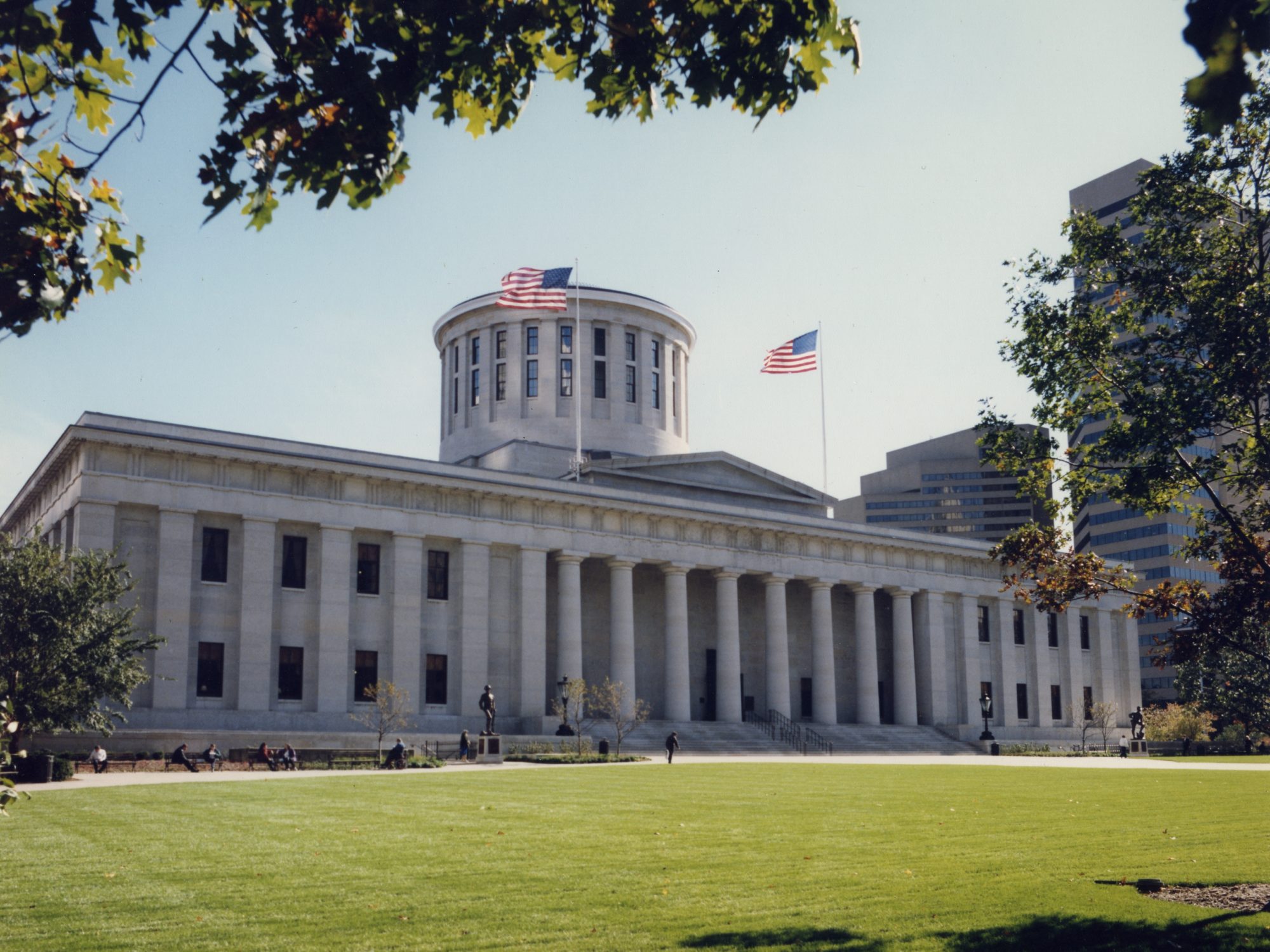Two things perhaps best defined the 133rd General Assembly, the two-year state legislative session that began in January 2019 and ended at the end of 2020. One of those two things was, obviously, the coronavirus. The other was intraparty squabbling, specifically within the Republican Party. It was par for the course, then, that, right up until the legislature’s very last day of business at the Statehouse on December 22, these two factors reigned supreme.
From considering legislation to assist Ohio businesses, local governments, and citizens struggling to survive amidst the health and economic turmoil caused by COVID-19, to fighting over the scope of the emergency powers granted under Ohio law to Gov. Mike DeWine and to the director of the Ohio Department of Health, to disagreements about the adequacy – or lack thereof – of health and safety protocols at the Statehouse itself, to, lastly, the absence of at least five lawmakers due to positive COVID tests during the legislature’s final days in December, the virus was ever-present in Columbus throughout 2020, both literally and figuratively.
As for the intraparty squabbling, its nature morphed over the course of the past two years. Major policy differences, along with different governing styles and personality clashes, between then-Speaker of the House Larry Householder and Senate Pres. Larry Obhof dominated 2019 and the first half of 2020, making the passage of nearly every bill a struggle. It also put the Ohio Chamber on the defensive, frequently having to coordinate with and rely upon the Senate to help block legislation originating in the House that would have harmed Ohio’s business climate.
However, it took on another form in late Spring of 2020, as many of the Republicans that compromised majorities in both the Senate and the House began to publicly push back – first with complaints, but then followed by actual legislation – against fellow Republican Gov. DeWine and his administration’s COVID-related health orders.
Finally, during the waning days of the General Assembly in December, a small but persistent minority in the House refused to agree to final action on several bills unless given the opportunity to attempt an override of the governor’s previous veto of legislation limiting the health director’s power to issue stay-at-home orders and quarantines. They were never given the opportunity, which resulted in these bills ultimately dying.
The good news is that, despite these obstacles, several important bills supported by the Ohio Chamber were enacted, including three on the last day of the legislative session. Further, not a single bill opposed by the Ohio Chamber during the two years ever made it through both chambers and to the Governor for his consideration.
Chief among the important bills whose fate wasn’t determined until the last minute was House Bill 352, a landmark package of pro-business reforms to the state’s anti-discrimination statutes. Ohio’s current workplace discrimination laws are burdensome and confusing for Ohio employers and expose them to a prolonged risk of legal liability that employers in no other state face. HB 352 addresses each of these issues and brings Ohio’s workplace discrimination statutes closer in alignment with federal law and the laws of other states. This is a major victory that the Ohio Chamber has been pursuing ever since two Ohio Supreme Court decisions that upended state laws in these areas were handed down back in the 1990’s.
Continue reading Part 2 here.
